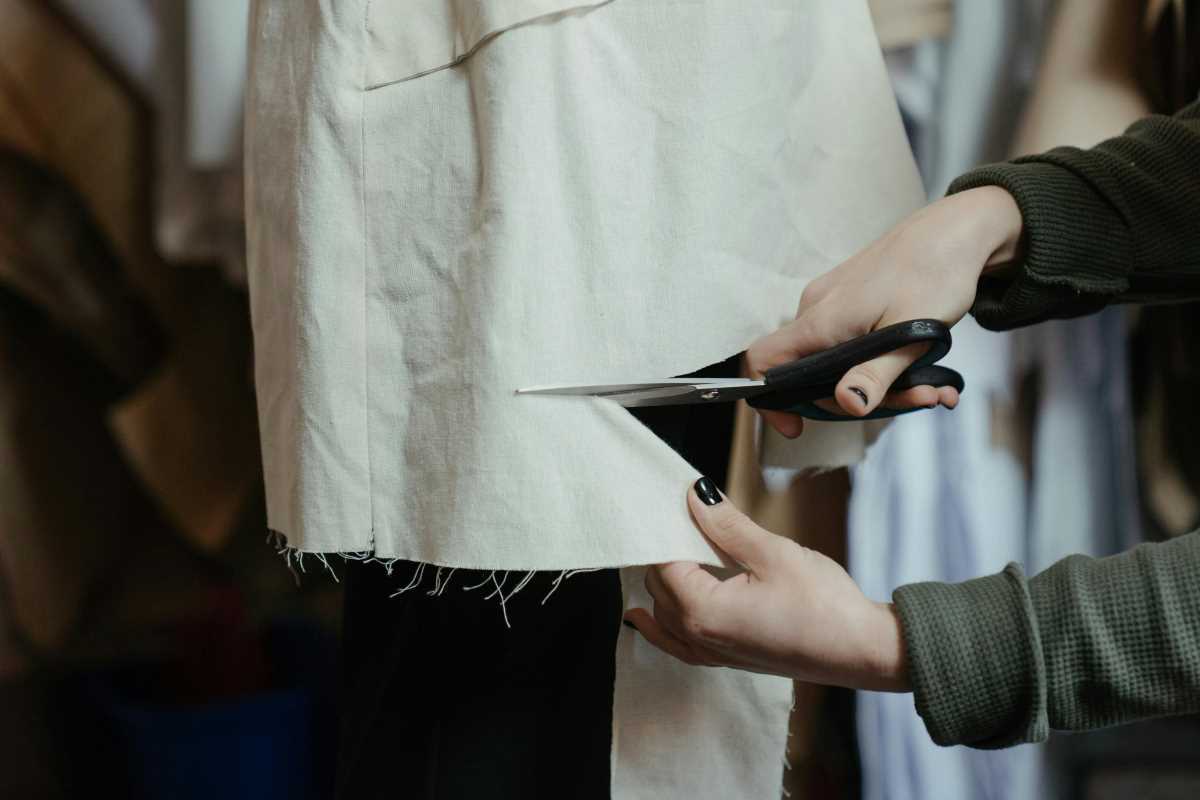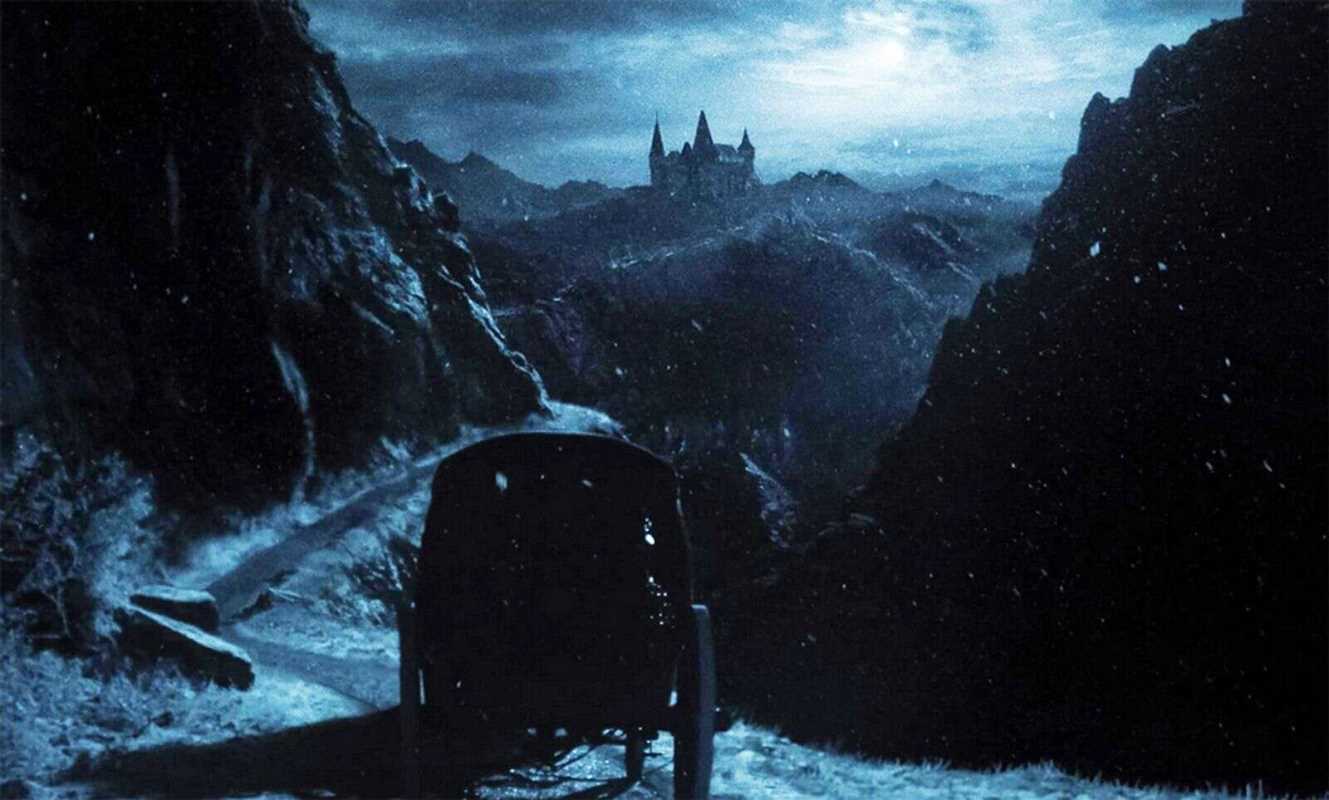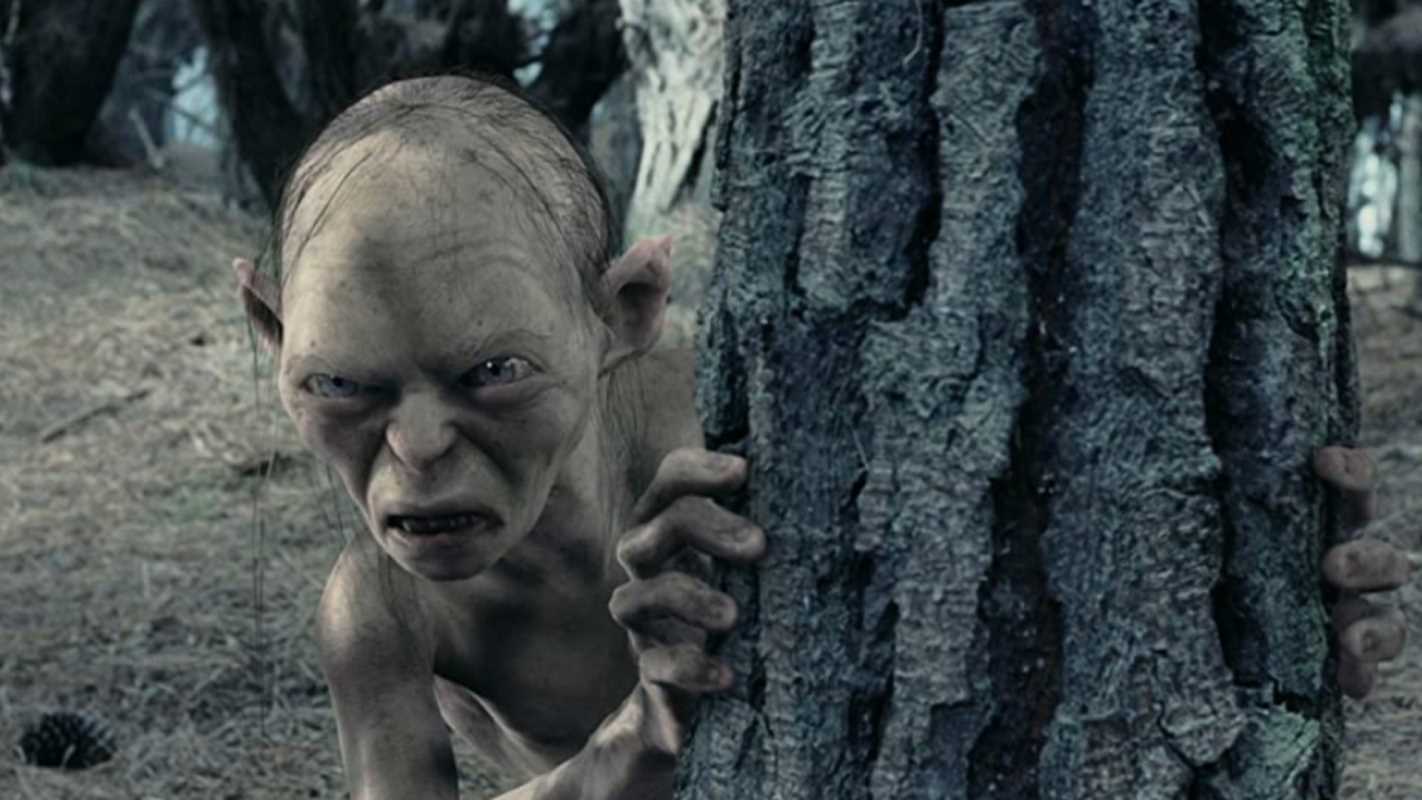In the disciplines of film and theatrical production, costume design serves as a critical narrative function, communicating character, status, and thematic context. The construction of these costumes—the process by which designs are translated into physical garments—has been fundamentally altered by both technological innovation and a renewed appreciation for traditional craftsmanship. Specific advancements in fabrication have redefined industry standards, expanding the creative possibilities for designers. This analysis will examine several pivotal construction techniques, including 3D printing, the integration of wearable technology, and the application of historical handcrafting, to provide a clear understanding of their influence on modern costume design.
The Function of Construction in Realizing Design
Costume construction is the essential bridge between a designer's conceptual illustration and a tangible, wearable garment. This process involves a close collaboration between the costume designer, fabricators, craftspeople, and technology specialists. The choice of construction technique is a deliberate one, dictated by the narrative requirements, the physical demands of the performance, and the overall aesthetic of the production. The evolution of these techniques has enabled designers to achieve levels of detail, functionality, and visual impact that were previously unattainable, thereby elevating the role of costume in storytelling.
3D Printing: Intricate Designs and Bespoke Armor
The advent of 3D printing, or additive manufacturing, has provided costume designers with an unprecedented tool for creating complex and highly detailed costume elements. This technique allows for the direct fabrication of three-dimensional objects from digital models, enabling the creation of intricate patterns, bespoke armor, and unique accessories with perfect precision.
The cinematic costuming for Black Panther represents a definitive example of this technique's application. Costume designer Ruth E. Carter utilized 3D printing to create the crown and shoulder mantle for Queen Ramonda. The designs, inspired by traditional Zulu headwear, were too complex to be realized through conventional fabrication methods. By using 3D printing, the production team could create a garment that was both architecturally intricate and lightweight enough for the performer to wear comfortably. This process allowed for a level of cultural and aesthetic specificity that has set a new standard forAfrofuturist design, directly influencing subsequent works in the genre. The technique allows designers to move beyond the limitations of traditional materials and achieve formerly impossible forms.
LED Integration: Costumes as Light Sources
The integration of lighting technology directly into fabric and costume structures has transformed the garment from a passive object to an active source of illumination. The use of Light Emitting Diodes (LEDs) and other electroluminescent materials allows costumes to generate their own light, interact with their environment, and visually represent digital or supernatural concepts.
The costuming for Tron: Legacy serves as a primary case study for this technique. The iconic suits worn by the characters were not a post-production visual effect but were functional, illuminated garments. Designers Michael Wilkinson and Christine Bieselin Clark worked with material specialists to embed flexible polymer lighting strips into the fabric of each suit. This presented significant technical challenges, requiring the development of new construction methods to integrate wiring and power sources seamlessly while maintaining the garment's flexibility for action sequences. The result is a costume that is not merely worn but is itself a key element of the film's unique digital aesthetic. This fusion of textiles and technology established a new benchmark for creating "digital" beings on screen and has been widely adopted in live music performance and other futuristic media.
Revival of Handcrafting: Authenticity in Period Dramas
In contrast to technological advancements, there has been a significant revival of traditional, historical handcrafting techniques, particularly in the creation of costumes for period dramas. The use of hand-embroidery, beadwork, and bespoke tailoring provides a level of authenticity and texture that machine production cannot replicate. This commitment to artisanal craftsmanship lends a palpable sense of history and luxury to the garments.
The television series Downton Abbey is notable for its meticulous dedication to period-accurate costuming. Costume designers Susannah Buxton and Caroline McCall sourced original fabrics from the era and employed expert artisans to recreate the intricate beadwork and embroidery of the 1910s and 1920s. Gowns were constructed using historical patterns and techniques, ensuring that the drape and movement of the fabric were authentic to the period. This focus on craftsmanship does more than simply recreate historical fashion; it communicates the social standing, wealth, and personality of the characters. The tangible quality of a hand-beaded dress or a perfectly tailored suit adds a layer of visual richness that profoundly enhances the audience's immersion in the historical world.
 (Image via
(Image via





